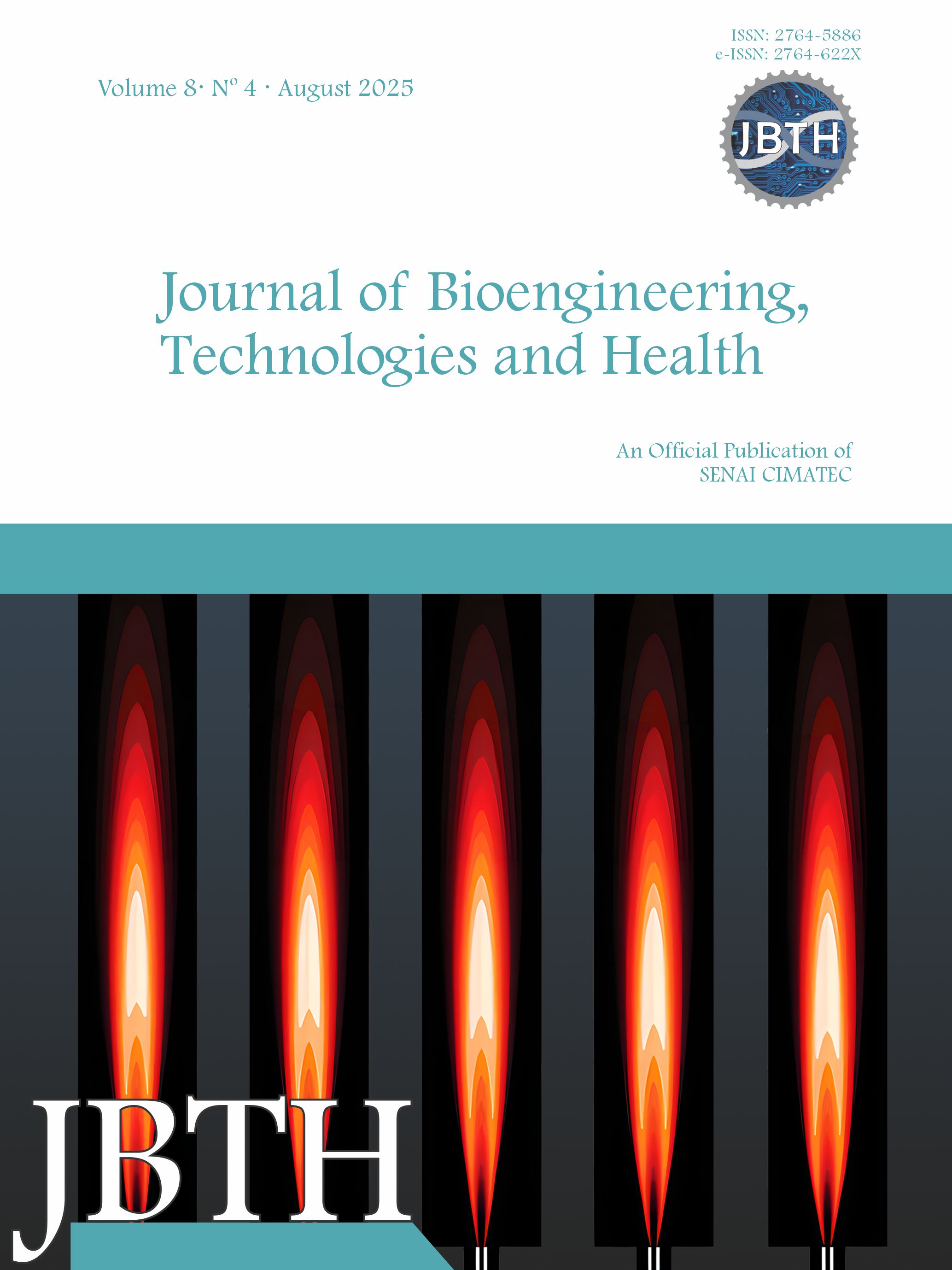3D Printing of PCL/HA Composite Scaffolds for Bone Tissue Regeneration: A Brief Review
Resumo
Tissue engineering aims to develop devices that assist in cell growth and tissue formation, making the use of biocompatible, biodegradable, and non-toxic scaffolds fundamental to promoting, for example, tissue regeneration. This review aimed to investigate the production of composites of poly(ε-caprolactone) (PCL) and hydroxyapatite (HA) applied to bone regeneration using 3D printing with the fused deposition modeling (FDM) technique. It is known that composites obtained from PCL, which is biocompatible and resorbable, combined with HA, which is also biocompatible and bioactive, exhibit osteoconductive properties and cell adhesion, making them effective for manufacturing scaffolds aimed at bone regeneration. The research shows that PCL/HA composite scaffolds obtained through 3D printing have promising results, which could serve as an alternative for use in bone regeneration.


